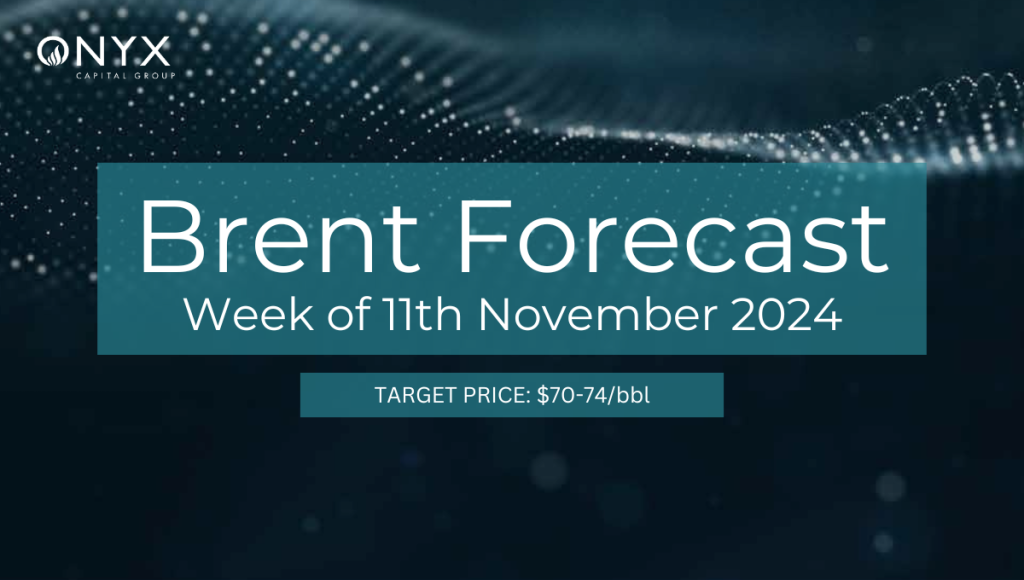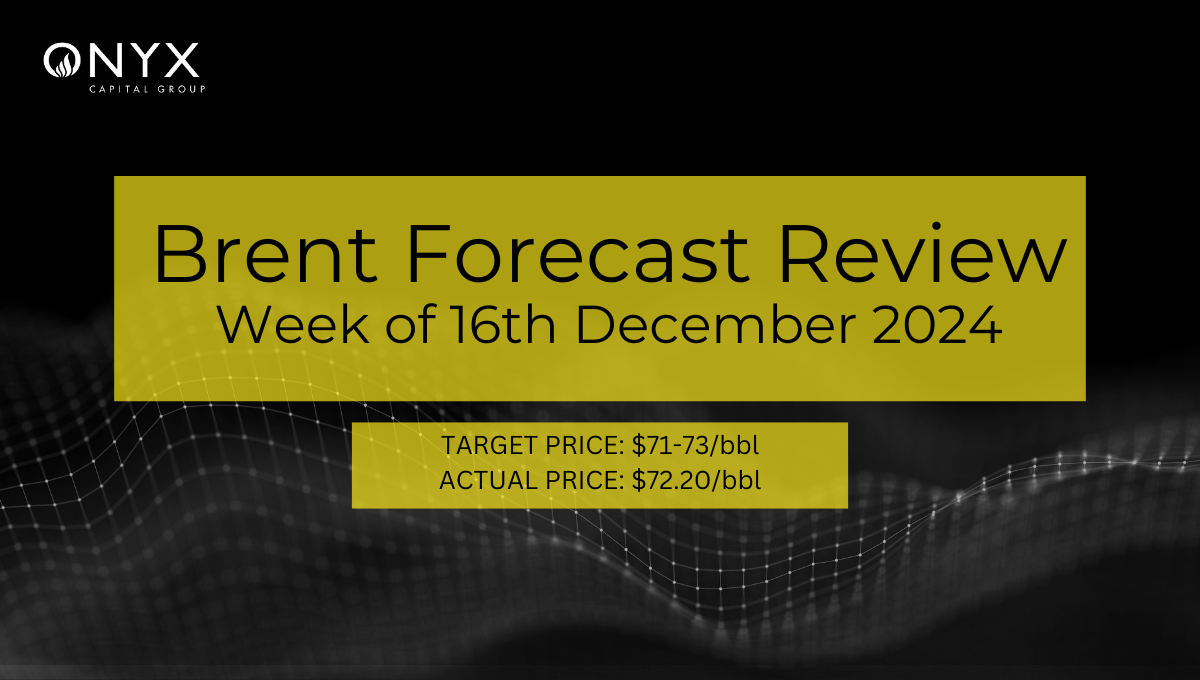Since early November, the Jan’25 Brent crude futures contract has traded in a narrow range, between $73.50 and $76.00/bbl, with prices settling at $72.80/bbl as of 12:00 GMT on 11 November (time of writing). On US election day, 5 Nov, crude prices lifted to an intraday high of $76.25/bbl, amid continued concerns of Hurricane Rafael supply disruption and the delay of an OPEC+ production hike to January. However, prices quickly weakened as traders took profits and rebalanced portfolios, introducing short-term volatility. Key factors this week are:
Market expectations of a second Trump presidency
Geopolitical risk premium has not evaporated
Disappointing Chinese fiscal stimulus measures
With President Trump securing 312 electoral votes and prevailing in all seven battleground states, markets have several expectations ahead of his January 2025 inauguration. The proposed policies from the Trump administration are likely to include tax cuts and higher tariffs, which may stoke inflationary pressures and could slow rate cuts and strengthen the US dollar. This could make Brent crude, denominated in dollars, more expensive for international buyers and weigh on crude prices in turn. Furthermore, if Donald Trump seeks to ease relations with Russia by way of lifting sanctions on Russian crude, this could introduce substantial supply to European markets, pressuring Brent prices downward. However, this effect may be off-set by stricter sanctions enforcement on Venezuela and Iran as part of Trump’s ‘maximum pressure’ approach – which could tighten global supply in select regions. These dynamics could start to be reflected in crude pricing as markets respond to expectations around these policy shifts.
The geopolitical risk premium in the Middle East has eased since Israel’s late October attack on Iranian military targets, which mitigated fears of major crude oil supply disruptions. This stability has continued, as rumours of a potential Iranian retaliation before the US election failed to materialise. However, any kinetic escalation or direct attacks on energy infrastructure could quickly reignite supply concerns and lift crude prices. Short-term price fluctuations remain likely due to mixed progress toward a ceasefire – especially following Qatar’s suspension of its mediation efforts between Israel and Hezbollah on 9 November, reportedly asking Hamas leadership to leave negotiations.
Finally, China’s recent stimulus package fell short of market expectations, as many had hoped for more robust economic support to address persistent deflation, the struggling property market, and poor oil demand. Instead, the $1.4 trillion package primarily targets local government debt relief. As a result, China’s Oct’24 PPI has fallen further into deflationary territory, dropping 2.9% y/y, its lowest since Nov’23, while loan growth was at an all-time low in Oct’24. This underscores the stimulus’ limited impact on boosting consumption and sustaining healthy oil demand in China, potentially adding to short-term weakness in Brent crude prices.


